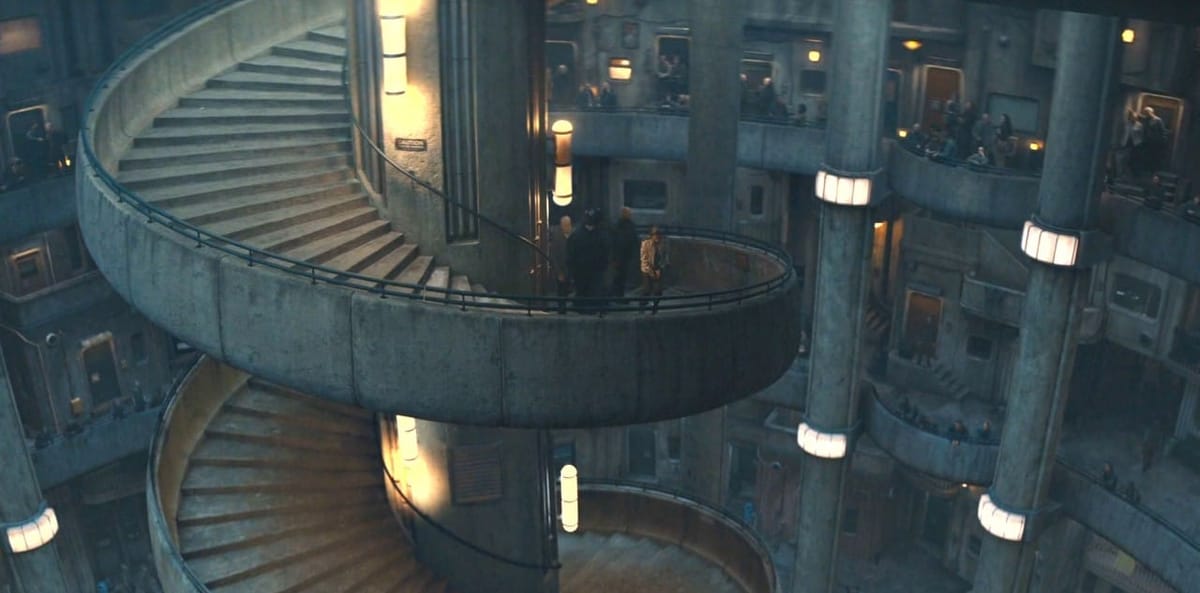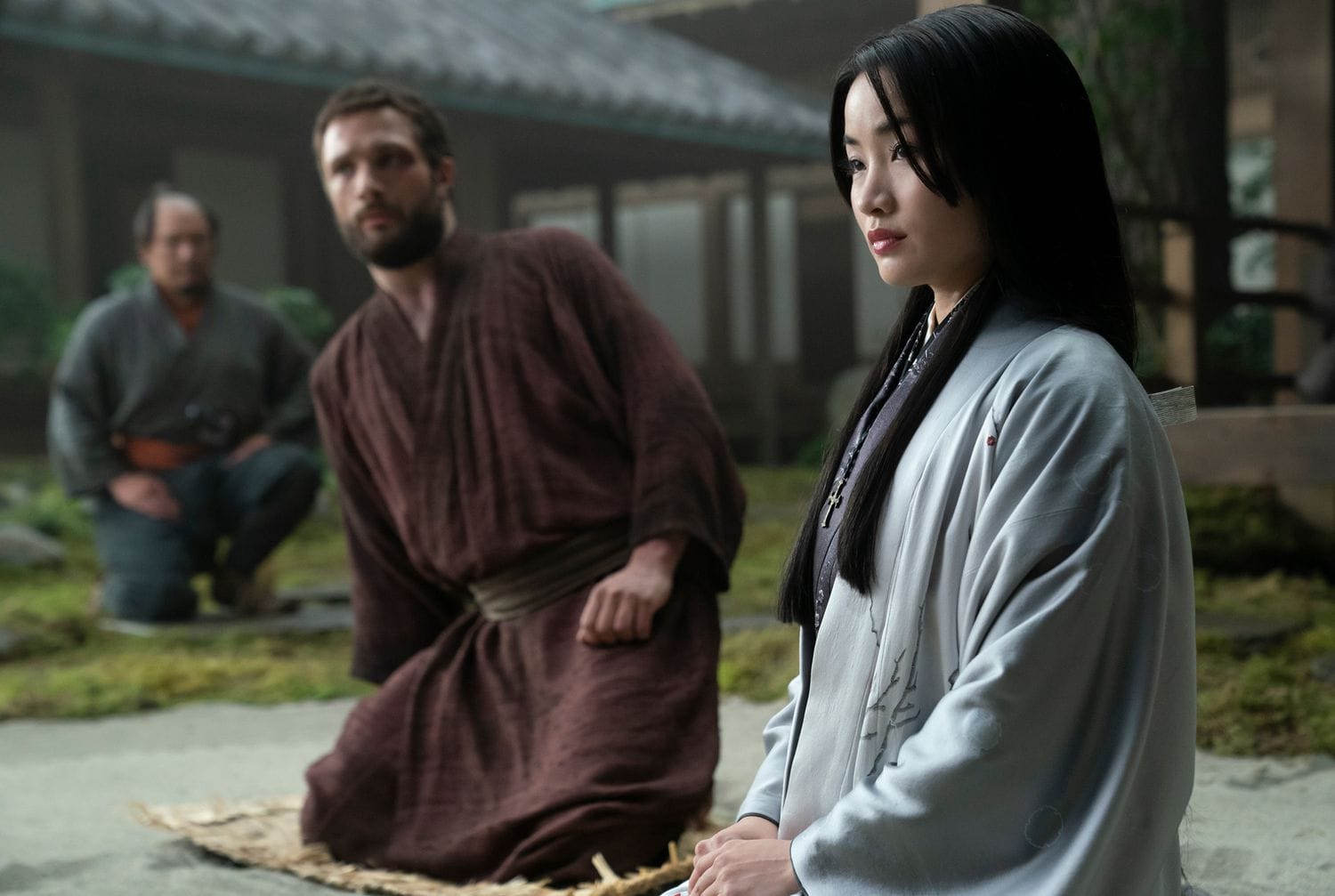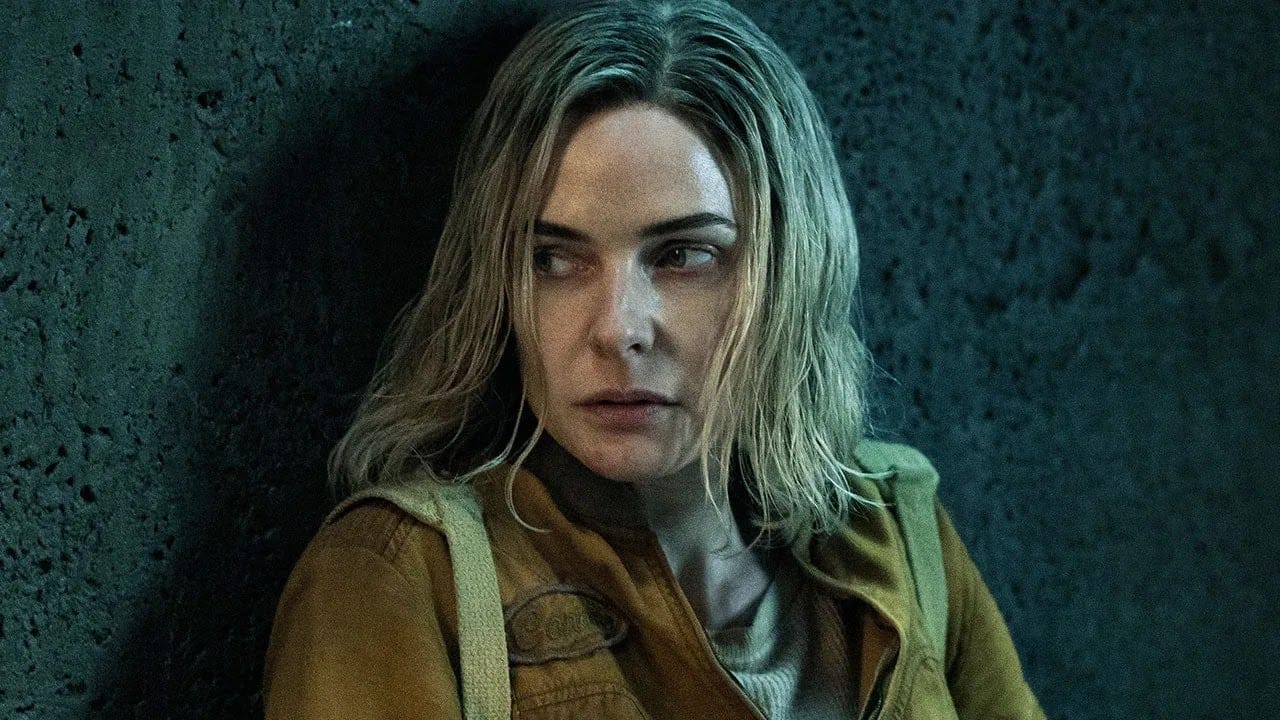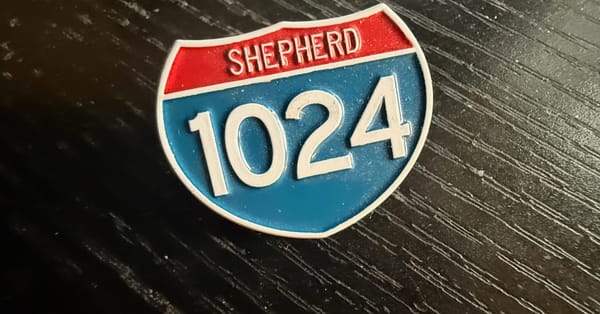Silo And The Art Of Adaptation

This is the first of two essays on the Apple TV+ show Silo, and contains spoilers for the book Wool and the first two seasons of Apple TV+’s Silo TV series. Part two is here.
Adaptation is a fraught thing. How does someone convert one medium into another? Surely fans of the original will inevitably find fault with the adaptation, and there are no assurances new fans will be created.
One of the most visible examples of the perils of adaptation was Peter Jackson’s The Lord of the Rings films (2001-2003), an act of adaptation clothed in either hubris or bravado that he and his team managed to pull off. Though there were some missteps, the LOTR movies are well-loved and held up as an example of how to adapt a literary work to the screen.
The fundamental problem of adaptation is that a movie is not a novel. Written works live inside the reader’s head, while movies play out for the audience’s eyes and ears. The screenwriter cannot possibly capture a whole novel. Entering the minds of the characters is easy in prose, but in film either must be somehow shown on the screen or conveyed by clunky and ill-advised methods like voice-over. Film (and for the purpose of this essay, I mean movies and television, especially premium streaming TV series) is a visual medium, and stories must be told visually.
The second-biggest problem an adaptor faces is which story to tell? Is it the story the novelist or short story author told, or is there a different story there? If the LOTR movies are a straightforward retelling of Tolkien (which I would argue is what Jackson was trying to do), an example of finding the other story is Spike Jonze’s Adaptation (2002), a, well, adaptation of Susan Orlean’s 1998 non-fiction book The Orchid Thief. I always have to look up the director of this movie because to me, it’s always been screenwriter Charlie Kaufman’s movie, who’s also the main character.
In the book, Orlean immerses herself in the world of orchids, lovely flowers that exist in a world of heat, humidity, obsession and greed. The story is what it says on the tin: the story of an orchid thief and his obsession with a holy grail of orchid species. Orlean is a good writer, and the was enjoyable, but like some other people, I’m not sure there was actually a movie in there. Apparently Charlie Kaufman had the same problem, and the screenplay he wrote is the tale of how he tried, and failed, to make a straightforward adaptation of the book to the screen. Ultimately, the story of the book is told, but the real story Kaufman tells is the story of his struggles to adapt the story. Or, rather, it’s screenwriter Charlie Kaufman’s story of how a character, a screenwriter named Charlie Kaufman, struggles to adapt the story.
A more recent example of a successful adaptation telling an alternate story is Hulu’s Shogun, which deservedly won a trunk-full of Emmy awards. Where the book, and the 1980 TV miniseries starring Richard Chamberlain, told the story of English navigator John Blackthorn, the 2024 series was much more about his Japanese interpreter, noblewoman Toda Mariko: a secondary story in the book, not of how a European learned to survive in a foreign land, but how a people learn to survive the invasion of their land and culture by a foreign influence.

So, with some of the struggles of adapting books to film in mind, I arrive at last at the topic of this essay: Wool (Hugh Howey’s literary creation) and Silo, its Apple TV+ streaming series.
I call Wool a “literary creation” because it’s really a ”fix up” novel. Wool itself is a short story and four novellas put together into a single narrative, followed by Shift, another group of shorter works, and finally Dust, a novel that concludes the story. Howey calls the series as a whole “Silo,” the name that is used as the title of the Apple TV+ adaptation. Wool is one of the great success stories of self-publication; like Andy Weir and E.L. James, Howey was one of the earliest beneficiaries of mainstream publishing’s recognition of self-published works.
So, is Silo a good adaptation? I think so. The first two seasons are a successful adaptation of the first book, in the same way the LOTR films are of the LOTR books. The heroes villains are all there (sometimes tweaked a bit, of course). The themes are there. The setting is really there. I reread Wool after completing the second season of Silo and the series writers do justice to the source material. Some minor characters were given prominence and a few new ones were introduced to add flexibility to the storytelling and deepen the primary roles. Backstory was brought forward, new elements were introduced — all well-established tools of the adaptor. But the characters and the story would be recognizable to anyone who knows the story already, and capture the viewer to whom this is all new.
Rebecca Ferguson plays Juliette, who eventually becomes the book’s protagonist. Howey doesn’t really find his footing with complex characterization until the second book of the trilogy, Shift, but Ferguson and the TV writers overcome these shortcomings on TV. Doing exactly what an actor is supposed to do, Ferguson brings depth to the character by showing us who she is, cementing her as a fish out of water, someone with a mission. Though I’d seen her in a few things before this, Silo made me sit up and take notice of her as an actor; it’s very much her show.

Some viewers have criticized the second season as being too slow, but I think it does a good job of splitting our attention between Juliette’s adventures with Solo in Silo 17 and the deteriorating situation in her native silo.
The only real sour note was at the end of the second season. It would have been fine if what appears to be the blackout cliffhanger was really the end. But the government official and a reporter in a posh Washington, D.C. restaurant? What does that have to do with Juliette returning to Silo 18? And with at least a year to wait before season 3, it almost seems like a ploy to drive viewers to pick up the books just to find out where that final scene leads, lacking all context and with no apparent relationship to the austere, claustrophobic world they’ve come to know.
Hugh Howey and showrunner Graham Yost have confirmed that the third and fourth seasons of Silo will cover the second and third books of the series. Giving the two books only a season apiece might seem to shortchange Shift and Dust, but the first two seasons do a good job of establishing the world, laying down (or perhaps digging) a solid foundation for the other two to build on. I won’t spoil the upcoming stories except to say that the second book is, if anything, even more claustrophobic than Wool, and shows a great deal of growth in Howey’s writing skills.
